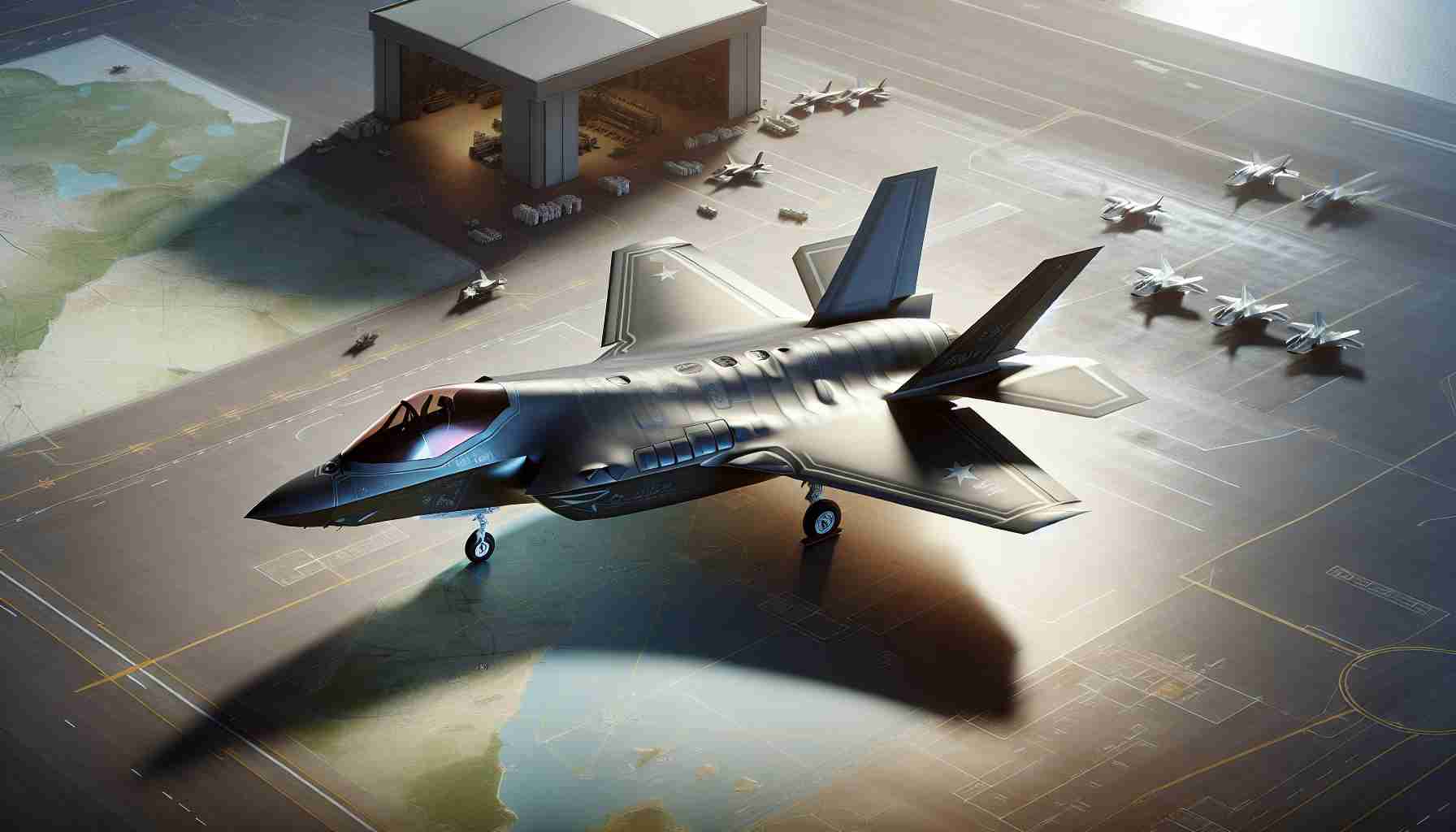The recent disappearance of a US F-35 fighter jet has raised significant concerns within the military and political circles. This incident is not only alarming due to the advanced technology of the F-35 but also presents serious implications for national security and military operations.
On September 17, 2023, a US Marine Corps F-35B Lightning II aircraft was reported missing after a training flight near Charleston, South Carolina. The pilot safely ejected and was rescued, but the aircraft went unaccounted for, prompting extensive search efforts involving both air and ground teams. The search area spanned a wide radius, highlighting the challenges involved in locating modern stealth aircraft that utilize advanced materials and electronic systems making them less conspicuous.
The F-35 Program is one of the most ambitious military aviation projects in modern history, with the US and allied nations investing billions into the development and production of these fifth-generation stealth fighters. The aircraft is designed for versatility, with capabilities in air-to-air combat, air-to-ground strikes, and intelligence, surveillance, and reconnaissance. As a result, the implications of losing one of these planes are significant not just in terms of monetary loss but also concerning sensitive technological information and tactical advantages.
Following the incident, military officials conducted a thorough assessment of security protocols and operational procedures associated with the F-35 program. The loss of an F-35 could potentially expose critical systems and technology if it were to fall into the wrong hands. This incident may lead to increased scrutiny of the operational readiness of the fleet and the safety of flight operations, especially in a landscape where geopolitical tensions are escalating.
The geopolitical context surrounding the loss of the jet cannot be understated. The F-35 is key to US air superiority and a crucial component of allied defense strategies, particularly in the Indo-Pacific region. Nations such as China and Russia are closely monitoring US military capabilities, and any vulnerability or mishap could be used as leverage in strategic discussions. The Pentagon has emphasized the importance of maintaining tight security around F-35 operations and technology, and the missing jet could result in new regulations or modifications to flight protocols to mitigate risks of similar incidents in the future.
In the aftermath of this incident, analysts are already discussing potential long-term implications for military policy and international relations. The US has a robust network of defense agreements with its allies that depend heavily on the integration of advanced technologies like the F-35. The situation necessitates a careful recalibration of how such technologies are safeguarded and the transparency surrounding their operations.
In conclusion, the disappearance of the F-35 fighter jet is a critical event not only for the immediate military community but for national security interests at large. The search continues, and the ramifications of this incident will likely shape the future of military aviation operations and security protocols. As investigations proceed, stakeholders are reminded of the importance of vigilance in ensuring the safety and effectiveness of these advanced systems in protecting national and allied interests.
Tips and Insights on Military Aviation and Technology
The recent F-35 fighter jet incident has brought many aspects of military aviation and technology to the forefront of public discourse. Here are some useful tips, life hacks, and interesting facts related to military aircraft, advanced technologies, and national security that can provide deeper insights into this complex field.
1. Understanding Military Aircraft Technology
To grasp the significance of incidents like the missing F-35, it’s essential to understand the technologies involved. Modern military aircraft, including the F-35, utilize advanced materials such as carbon-fiber composites and cutting-edge avionics that enhance stealth capabilities. Learning about these technologies can deepen your appreciation for their complexity and the challenges faced in their operation.
2. Personal Safety Protocols During Emergencies
The safe ejection of the F-35 pilot highlights the importance of safety protocols. If you’re in a field where emergency procedures are necessary, familiarize yourself with safety protocols and practice them. For instance, any personnel involved in high-risk operations should undergo regular drills on ejection procedures and emergency survival tactics.
3. The Importance of Situational Awareness
In contexts like military operations, situational awareness is paramount. This applies not only to pilots but also to support crew and ground personnel. Developing your situational awareness skills can be beneficial, whether in high-stakes environments or daily life. Techniques include maintaining vigilance, recognizing patterns, and analyzing environments to make informed decisions swiftly.
4. Engaging in Discussions on National Security
The geopolitical implications of military advancements, such as those represented by the F-35, are vast. Engaging in discussions around national security can enhance your understanding of international relations. Consider participating in forums or webinars focusing on defense strategies, military policy, and technology threats.
5. Following Military Advancements and Trends
Stay updated on military technology trends by following reputable defense news sources. This knowledge can help you understand the evolving landscape and the strategic decisions made by military leaders. Websites like Defense News and Military.com are great starting points for current developments.
6. Learning from Historical Incidents
Reflecting on past military incidents can provide valuable lessons. History shows that lessons learned from mishaps often lead to improved technologies and protocols. Study notable incidents, analyze the outcomes, and consider how they influenced advancements in military aviation.
7. Exploring Military Careers
If the world of military aviation or technology intrigues you, consider exploring careers in this field. From engineering roles to intelligence analysis, there are numerous opportunities to contribute to national security. Research educational programs and training relevant to your interests, such as aerospace engineering or military strategy.
Interesting Fact: The F-35 program, which incorporates multiple nations in its development, represents one of the largest international military collaboration efforts ever undertaken. This integration fosters strong inter-nation military partnerships and enhances collective defense capabilities.
In conclusion, the disappearance of a fighter jet like the F-35 serves as a poignant reminder of the complexities of military aviation, national defense, and the need for ongoing vigilance and innovation in these areas. By staying informed and engaged, individuals can better understand the implications of such incidents and appreciate the technological marvels that play crucial roles in defense strategies worldwide.






















